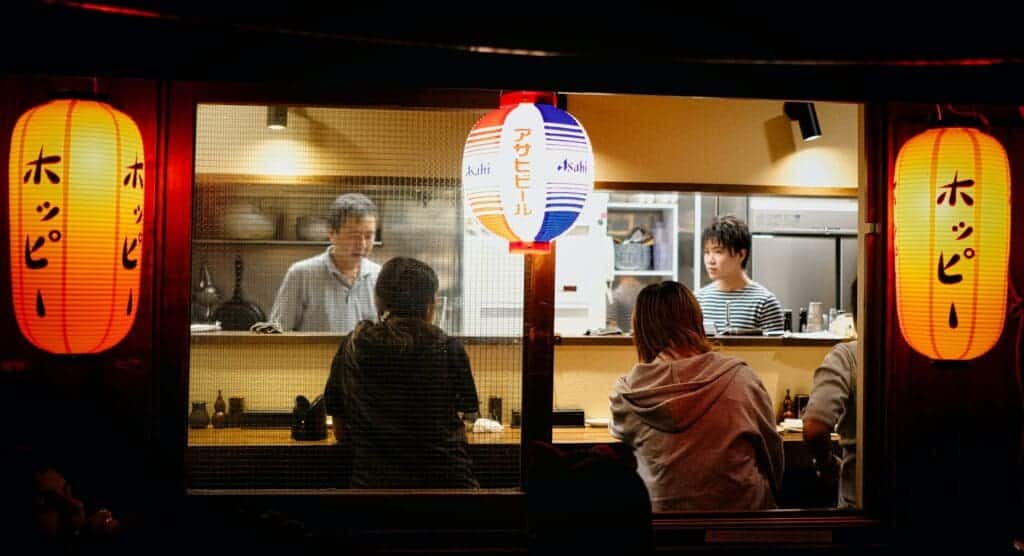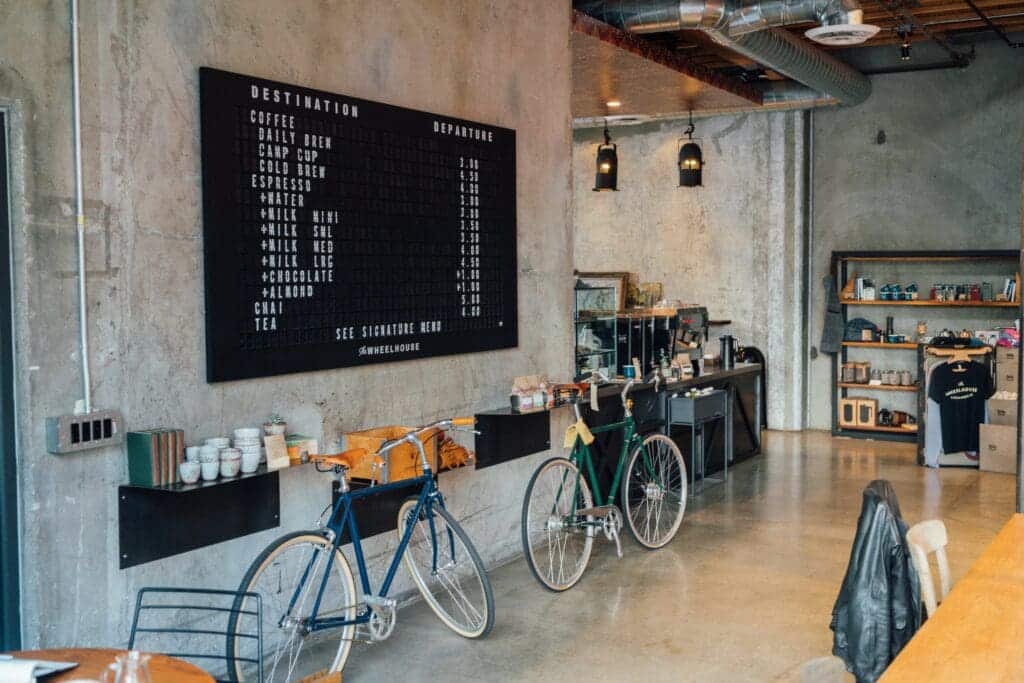
15 Jul How to Craft a Brand Voice for Your Restaurant
Your brand voice comes from everything from your menu to your decor to your digital marketing presence. Photo Credit: Clem Onojeghuo
Finding A Voice to Attract New Customers at Your Restaurant
Coming up with a brand voice for your restaurant can seem like a daunting task. How do I know what photos to take? How do I know if I should be serious or comedic? How do I know what customers will connect with? How do I know if people will like what I’ve created? These can be scary questions for a new business. If you break down crafting your brand voice into smaller steps and take time to come up with thoughtful answers the process will become a breeze.
You will be able to figure out how you want to be perceived by your customers when you consider your mission statement, target audience, and customer interactions individually instead of all together.
Create a Mission Statement
Your mission statement is a direct statement to yourself, your employees, and your customers about what you do and why you do it. Think about what you hope to accomplish. For example, if you are a plant-based vegan restaurant, you might consider your restaurant as an inspiration for living a healthy lifestyle and sharing that with the community. If you are a fine dining establishment, your mission statement might involve providing guests with a memorable, once-in-a-lifetime experience. The story you choose to tell through your mission statement should be unique and personal to you. This is the first step in discovering what the brand voice for your restaurant should be.
The mission statement is also a key place for your restaurant to highlight some sort of unique selling point (USP). A USP is what will set your business apart from competitors. A good USP will clearly show customers something they didn’t have before. You can use this as part of your mission statement to explain why people should come to your restaurant and not your competitors.

Think about the role your restaurant serves in your community while writing your mission statement. Phot Credit: Alex Harmuth
Find Your Target Audience
After you have your mission statement, you’ll want to consider who your target audience is. A target audience refers to the very specific group of people that will most likely want to eat at your restaurant. Because the target audience is dictated by factors like age, gender, location, income, and more, it will be important to become familiar with the community surrounding your restaurant. Then, using your mission statement, consider who would fit best in the scope of people you want to reach.
Once you have been able to pinpoint your target audience, you will begin to see the best ways you can reach them. Use this new information to tweak your brand voice to fit your target audience. Will you be serving affordable family-style meals? Consider the ways you can seem interesting or desirable to mothers with young children. Is your menu focused on vegan foods and meat alternatives? Think about how to connect with health-conscious individuals who practice yoga, go to the gym, or frequent farmer’s markets.
Prioritize Customer Interaction
Although you have strategized and thoughtfully planned out your brand voice and how you want to be perceived, the real test is how your customers will end up judging you. The best way to keep customers happy is not just by having consistent, quality food, but also by keeping up with impressionable service.
Providing a positive experience in-house is one of the easiest ways to keep your brand up to par. The interactions you and your employees have with your guests can tell you more about how to keep your brand voice fresh and engaging. Have you noticed a large amount of hipsters frequenting your coffee shop? Don’t be afraid to be edgier in your messaging on social media.
You want a customer to be satisfied with their experience from start to finish. This includes everything from the first time a potential customer hears about your restaurant through when they’re enjoying a meal at your restaurant to later when they’re reflecting on the memory of their meal. Going above and beyond should be an expectation if you want your brand to succeed, so responding to reviews, negative and positive, is a great way to interact with customers outside of the restaurant. The way you interact with your audience will depend on your brand, but if customers are satisfied then your brand will remain successful. Especially during the beginning stages of your restaurant, listening to customer feedback is key.

Keep your customer and target audience at the forefront of all your decisions. Photo Credit: Aditya Rao
Develop your Media Presence
Your media presence will set the tone for your restaurant’s brand before customers enter your business. The way your photos and content look are crucial to how you want people to perceive your restaurant. If you are running a restaurant close to the water, picturesque images of your food with a bright outdoor background will draw the proper audience. If you want to attract people who will dress up for a nice steak dinner, photos inside the restaurant reflecting proper décor could be more appropriate. Your content shouldn’t begin and end with photos. Video content is becoming increasingly popular. Take some time to think about what social networks you would like to have a presence on. Instagram and Facebook are absolutely essential for any modern business. TikTok and Snapchat are two popular apps that can be used if you’re looking to attract younger demographics to your restaurant. Likewise, if you’d like to share business-related content about your restaurant, such as franchising, you should consider interacting on B2B-focused channels such as LinkedIn.
Instagram and Facebook Stories are a great way to frequently appear at the top of your followers’ feeds. Spend some time to create simple templates using your brand’s colors and logo. As your account grows, customers will tag you in their Stories, which you can repost for even more User Generated Content!
Consistency is another key part of developing your media presence. This is for two reasons. First, social media algorithms will benefit accounts that post consistently and give those accounts preference over others that rarely post (or post too often). The ideal amount of posts is 3-5 times per week. Secondly, posting consistently will benefit your followers if they know the quality and quantity of content to expect from you. You won’t overwhelm their feeds, but you won’t disappear from them either.
The best way to stay on top of your posts is through use of a Content Calendar. This can take many forms, but a simple word document or digital spreadsheet is a simple and effective way to keep track of everything. This will help you space out posts and plan your grid.
Don’t forget to get creative here too! Your social media and websites should be pleasing to the eye and accessible to everyone, but make sure to emphasize your brand voice to highlight what makes your restaurant unique and special.

Everyone is on social media these days. Make sure you have a presence on the apps where your target audience is. Photo Credit: Roman Bozhko
Determine Your Brand Voice’s Look and Feel
The moment you’ve been waiting for! When you started, you wanted to know the type of content, images, fonts, videos, and everything else for your brand voice. By breaking down the process into steps, you’ve done all the work and now it’s time for the fun part.
Everyone has a unique personality, and so should every business! The tone you set in your restaurant should align with your mission statement, your community, and your target audience. Consider brand positioning: how your customer views your brand. Having a serious and elegant tone in a restaurant meant for vegan and healthy foods may not be the best route to attract a health-driven individual. Instead using bright colors and polished, earthy décor will make your restaurant more memorable to that audience.
Now that you’ve determined the look and feel of your brand voice, lean into those colors and tones that best define your restaurant. Being cohesive in your branding will send you to a successful voice that customers will remember.
Still Need Help Finding Your Brand Voice?
Meerkat Media Group has the experience to get you started with all things digital media from daily content creation to complete brand marketing. If you’re looking for guidance on crafting your brand voice to bring in more customers to your restaurant, we’re here to help. Contact us to learn how to take your digital branding to the next level!



